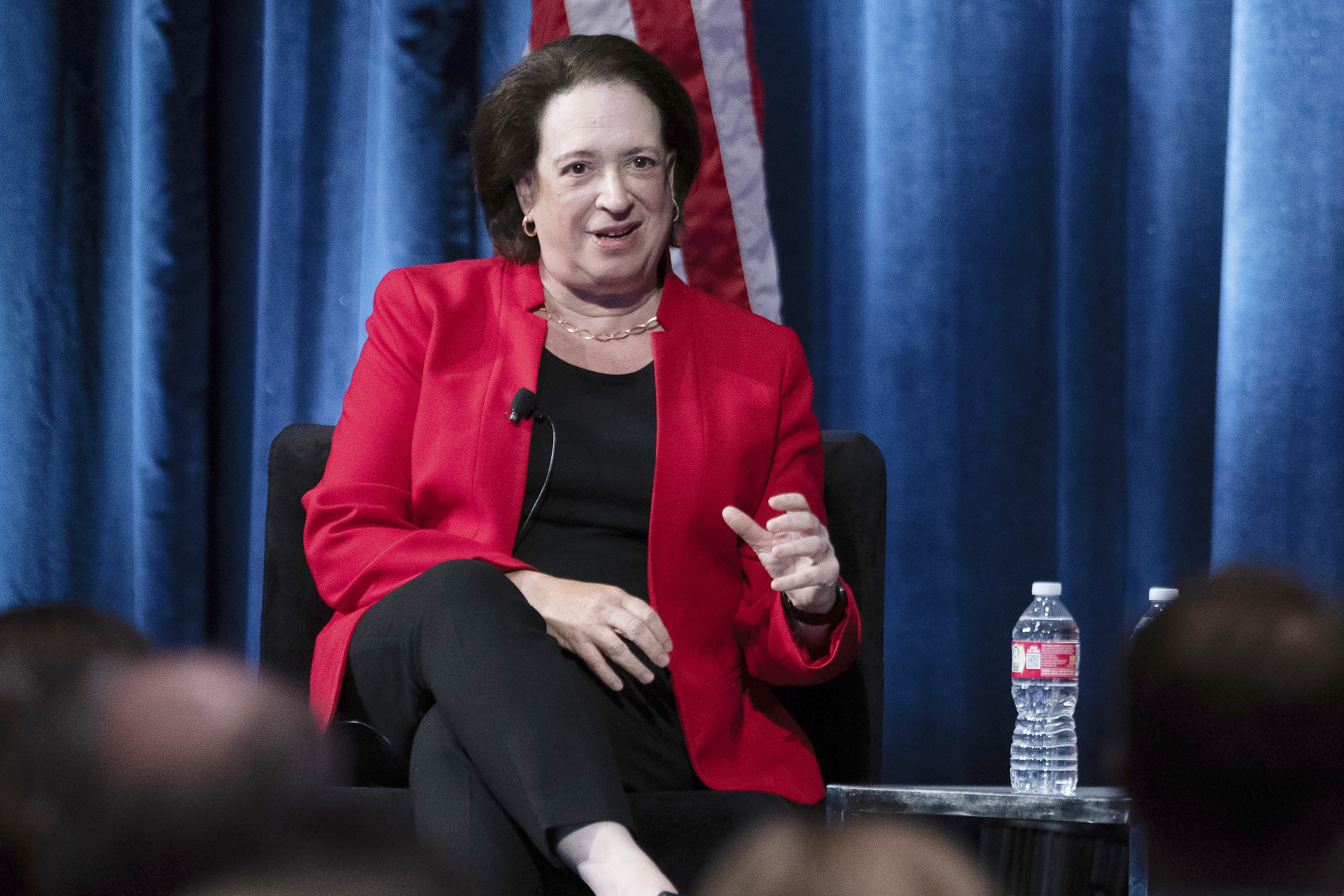Hidden Costs of Paper
Equitrac is a company created to help law firms recover the costs of printing document copies for clients. Since it began 25 years ago, it has broadened into other industries and other cost-recovery and cost-analysis products.
Equitrac will soon be coming out with updated products, so this month we are debating the utility of tracking and recovering costs such as photocopying, telephone service, fax, scanning and printing.
Equitrac has products that cover everything from simple tracking and passing on of photocopy charges to tracking almost every aspect of paper, printing, faxing and scanning. This includes analysis and distribution of the service to different devices, if desired, determining who can print on which device, presumably based on cost.
We wanted the system installed in our office so that we could have firsthand experience. However, the system is not compatible with our particular Minolta digital copier/ printer/scanner–even though Minolta is one of Equitrac’s industry partners. Other partners include Canon, Xerox, Ricoh, Toshiba and Sharp. Software partners include Elite, eCopy, Captaris, iManage, Wordox, ProLaw, Hummingbird, NetDocuments and Juris.
Several law firms with the system declined to let us visit. We had to be content with a visit to Iowa State University, where a software-based Equitrac printing system let the school recover that software cost in just a few months by billing-back students (5 cents for each black-and-white page printed, 75 cents for color). Equitrac’s products are largely software, but they can include hardware.
Hirsch: A law office is different from a university. Equitrac claims, “Law offices are the ultimate ‘document-centric’ organizations.” This orientation coincides with its product line.
While I do not question the truth of document centricity in law offices currently, I do question whether that is where law firms should aspire to be. An information orientation ideally focuses on knowledge, not pages.
Equitrac asks, “With the adoption of digital documents, why is there more paper than ever?” It believes people like paper because it works; electronic documents make it easy to generate even more paper, while costs associated with paper are hidden. The company’s solution is to focus on economical printing and cost recovery, rather than on the nature of the system that makes you want paper.
Beckman: If law offices now focus on documents, then they need programs that accommodate that orientation. The future can be handled when it arrives. H: Programs that are oriented toward documents and pages may impede the arrival of the future.
But even if your focus on the present is correct, there is another problem. When I started practicing law, the billing philosophy was that the hourly rate accounted for all but extraordinary expenses. We didn’t charge separately for the bond used on letters. We didn’t even charge separately for the 10-cents-per-page metered photocopying we paid to Xerox. It was built into the hourly rate.
Then came the desktop revolution. Technology was expensive. At that point it seemed natural to pass charges on. But I’ve changed my mind again. The costs of long-distance calls, photocopying, printing, printers, computers and faxing have all come down. Why not build that into the hourly rate, rather than nickel-and-diming clients?
B: Even accepting your argument, which I only partially do, there is still utility in knowing your expenses. That way you can ferret out waste and inefficiency.
Furthermore, it is the very tracking of the cost of paper that, in my opinion, will persuade lawyers to minimize and eliminate it to the extent possible. Equitrac’s expense tracking focuses almost entirely on costs associated with paper. Ultimately, that focus may itself put an end to the need for its core products.
Technology has produced a paper blizzard. Measure the linear feet of dead files an office collects. My guess is that the average law firm has accumulated more linear feet of dead files within the last 10 years than in the 50 years preceding, assuming a constant lawyer population and preservation of all files.
H: Technology can enable not only a paper blizzard; it can enable control. Equitrac provides enhanced ability to regiment the way lawyers use resources. That arguably is not good.
B: And arguably it is not bad. Probably any firm of more than 20 lawyers should at least consider cost-recovery products. Even firms with fewer than 20 lawyers must face the problem and cost of paper.
While our digital files have cut the amount of photocopying we do by at least 50 percent, we still face the issue of whether to directly pass on costs.
Lawyers may also want to look at Thomson Corp.’s Elite Billback cost-recovery system. It claims to include all the software and hardware necessary to capture, manage and recover law firm costs. It is a hardware/software alliance with Australia’s Billback Systems that Thomson says is seamless with Elite.
H: Those betting on paper surviving for a long while have yet to be proved wrong. And I don’t deny that paper has a place. Maybe the big firms need to worry about nickels and dimes.
I think all firms should focus on digitally handling information in databases, not in pages and documents.
The job of a lawyer is practicing law. Physical documents may never cease to exist, but information need not be constantly forced into that format. We should aspire to having paper files as thin as they were 60 years ago.
David Beckman and David Hirsch practice in the law firm of Beckman & Hirsch in Burlington, Iowa. Contact Beckman by e-mail at [email protected] or Hirsch at [email protected].



